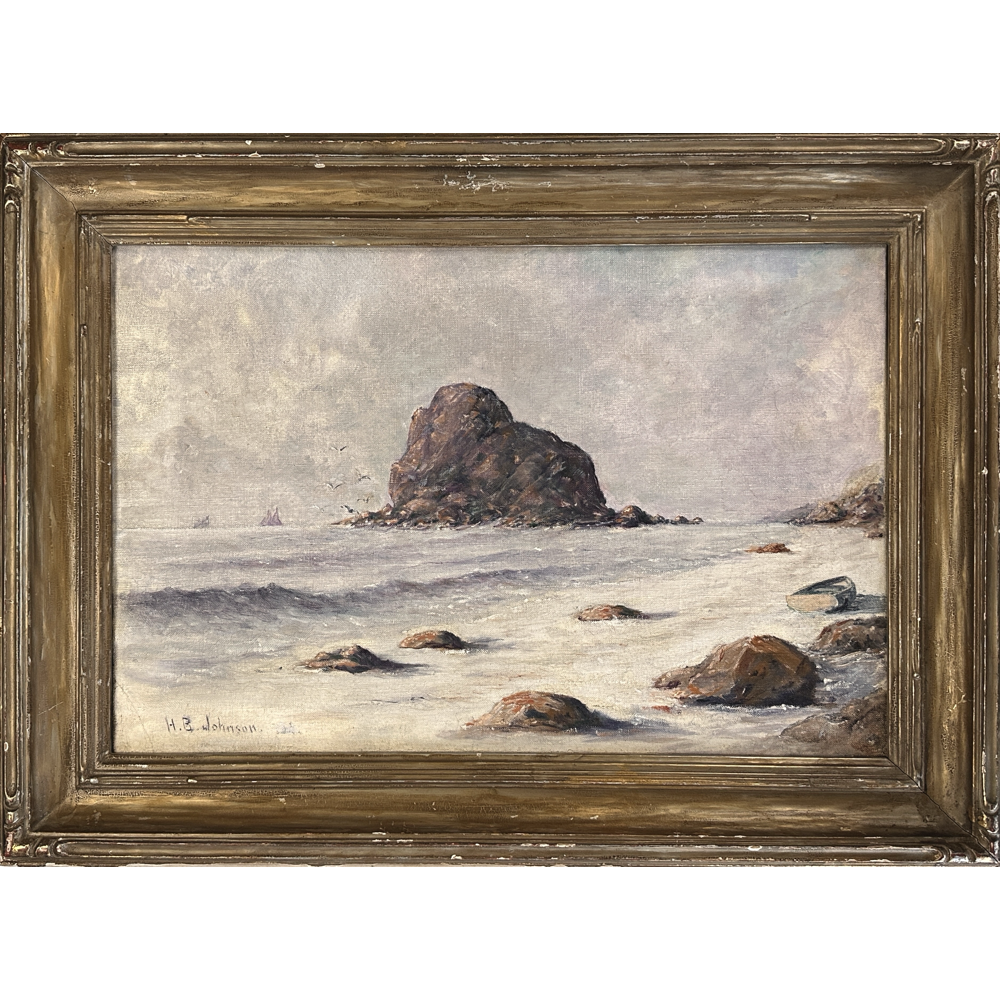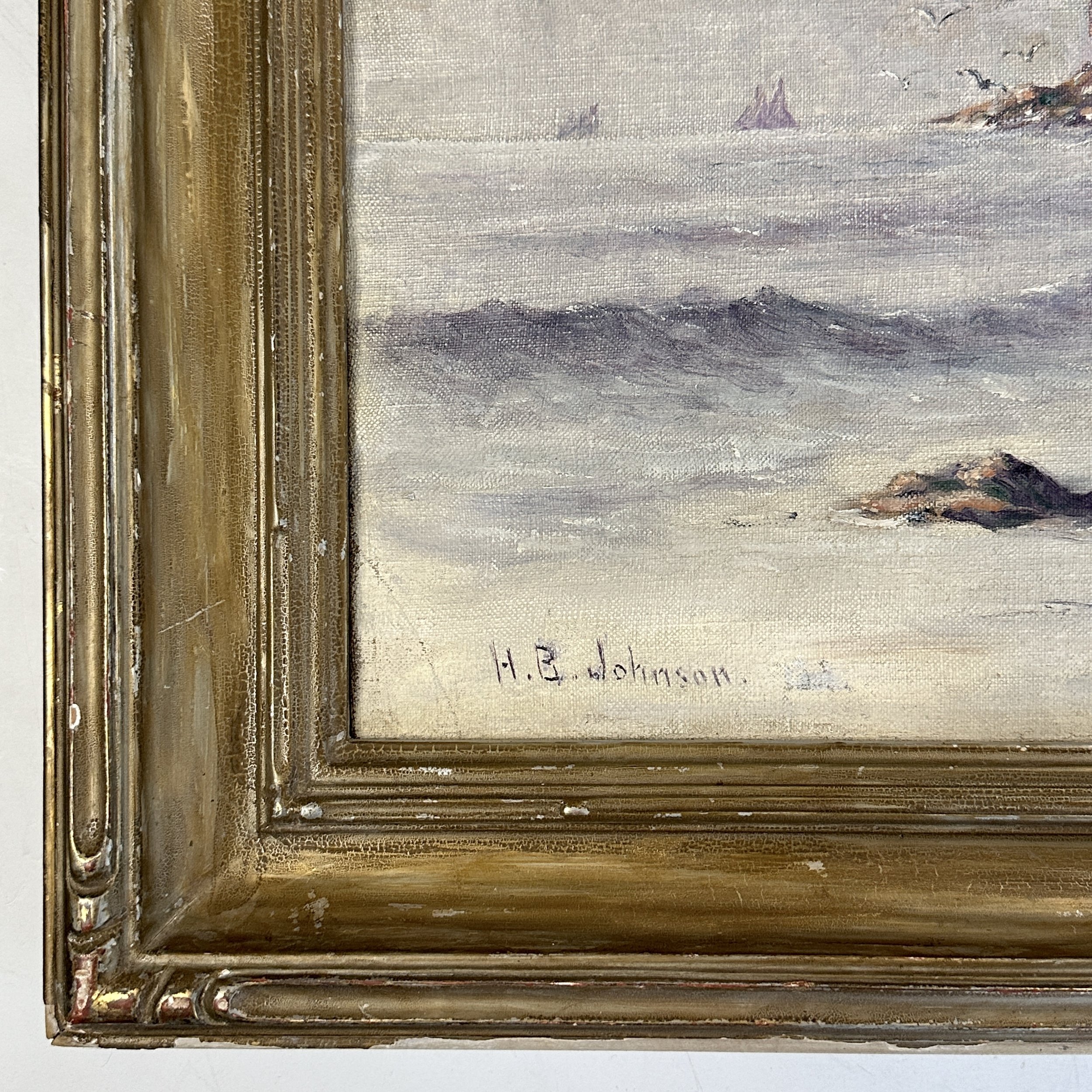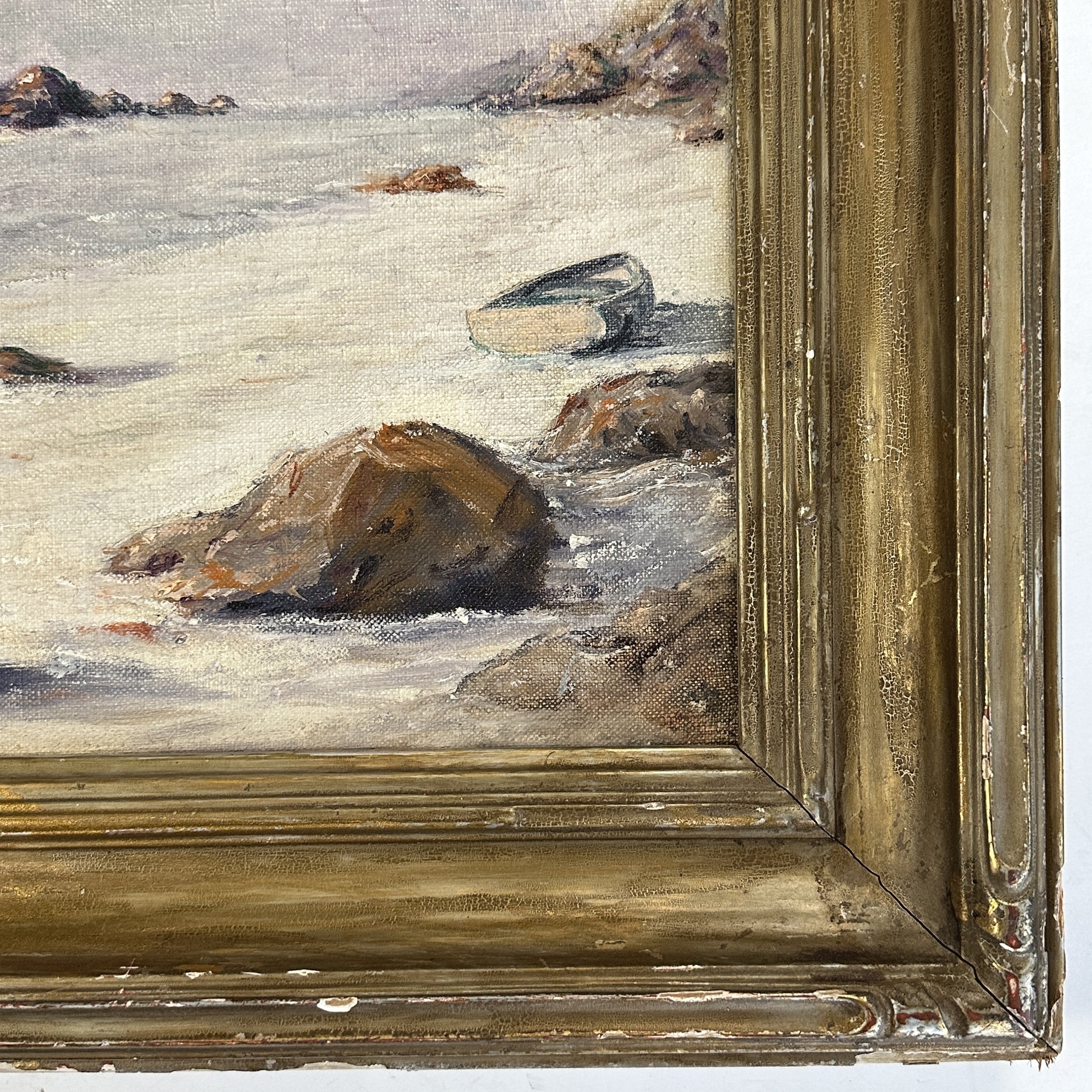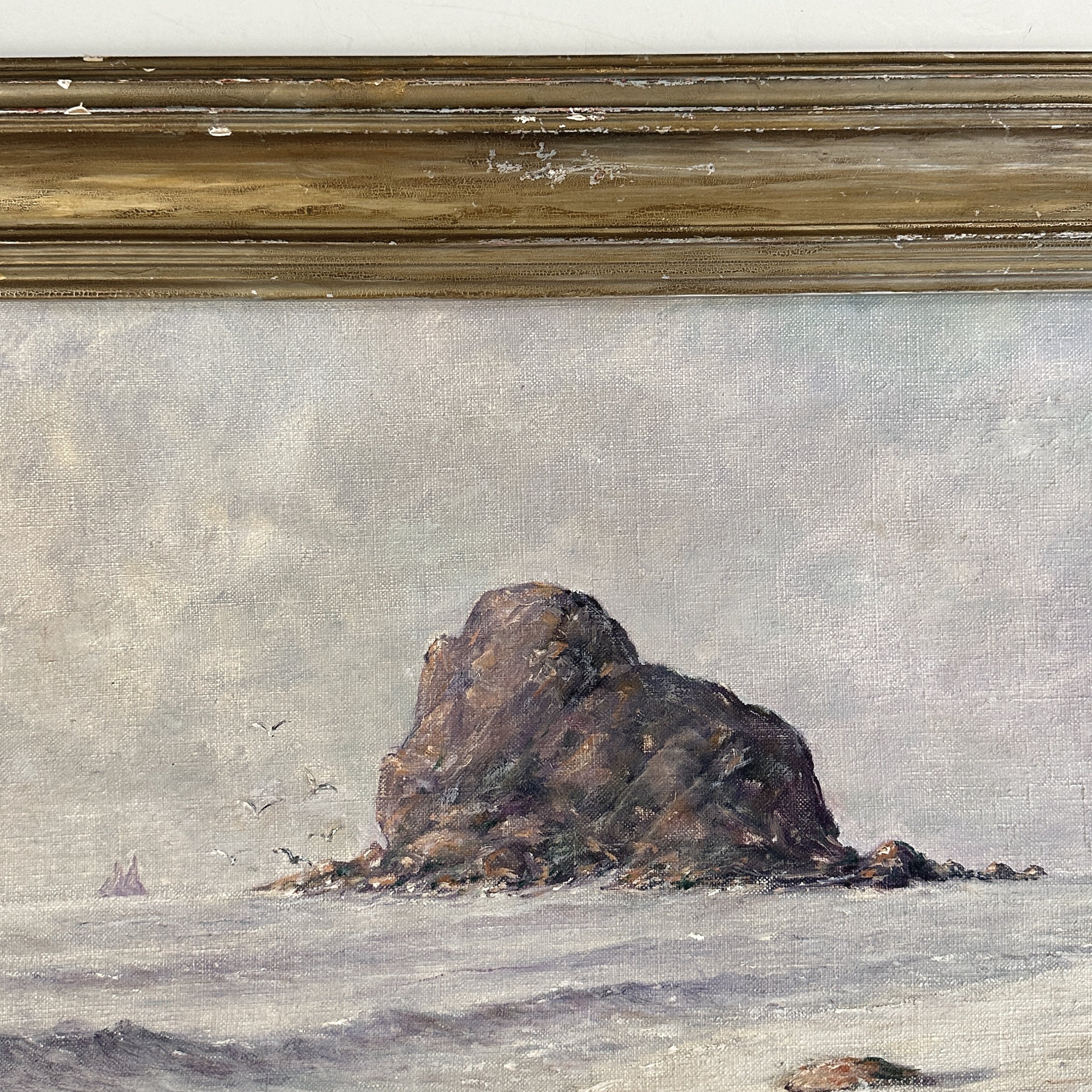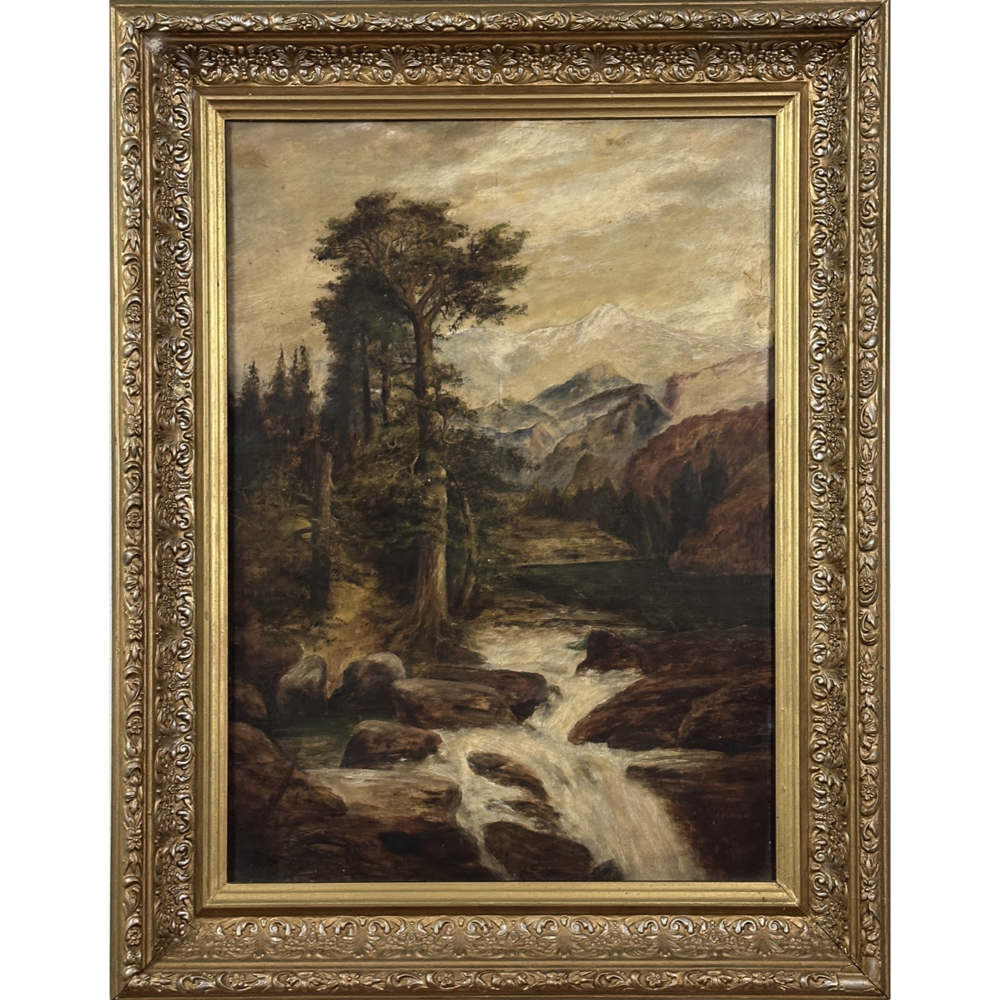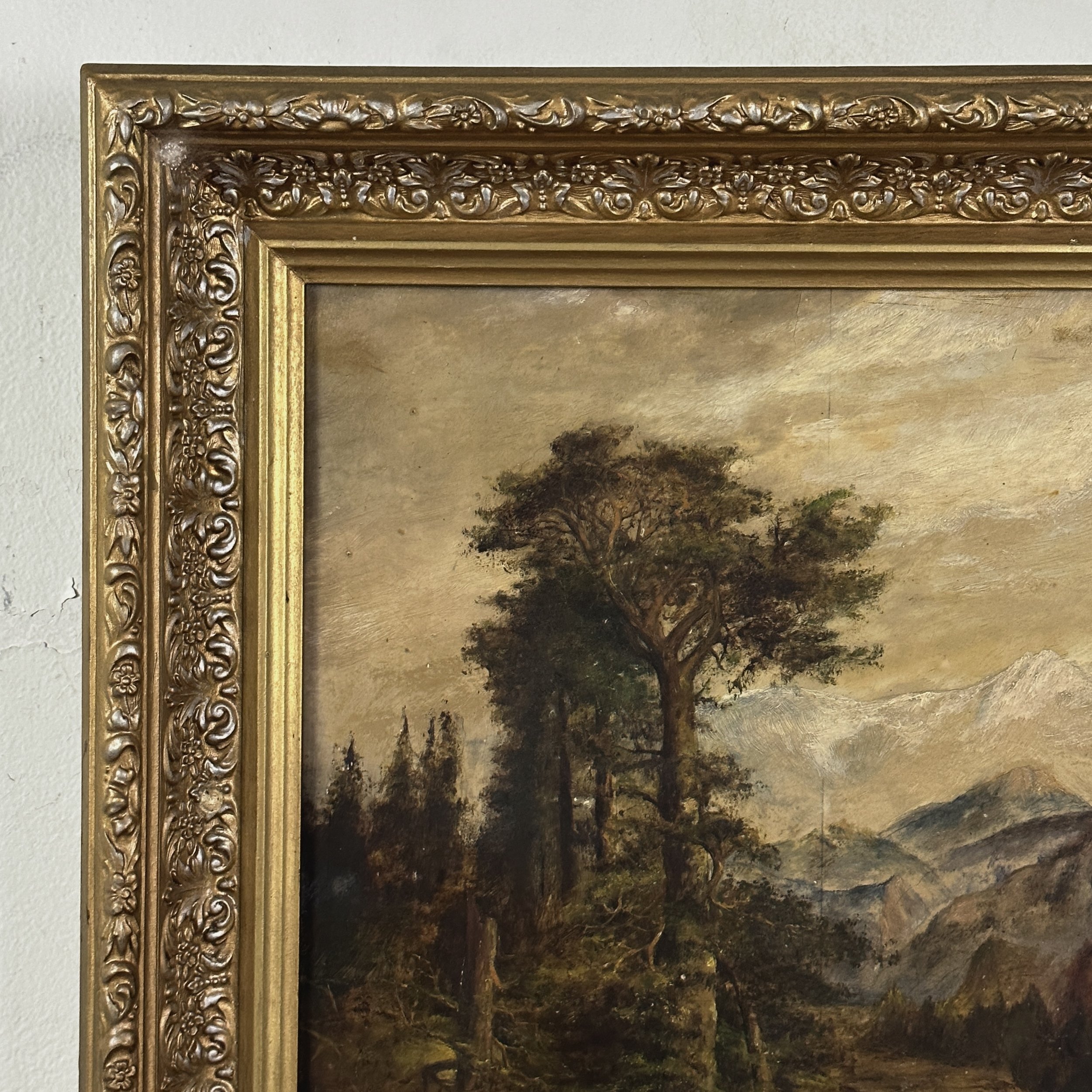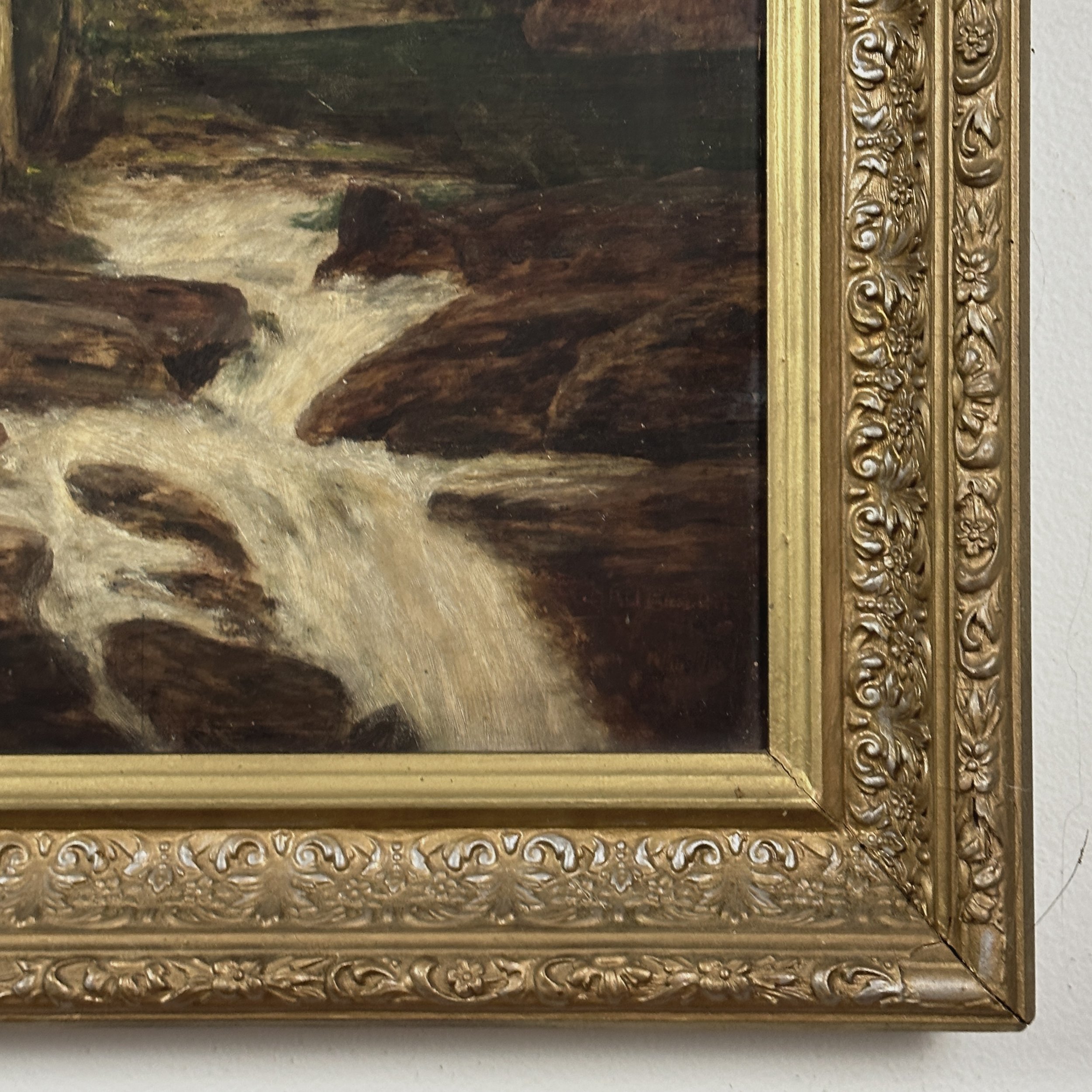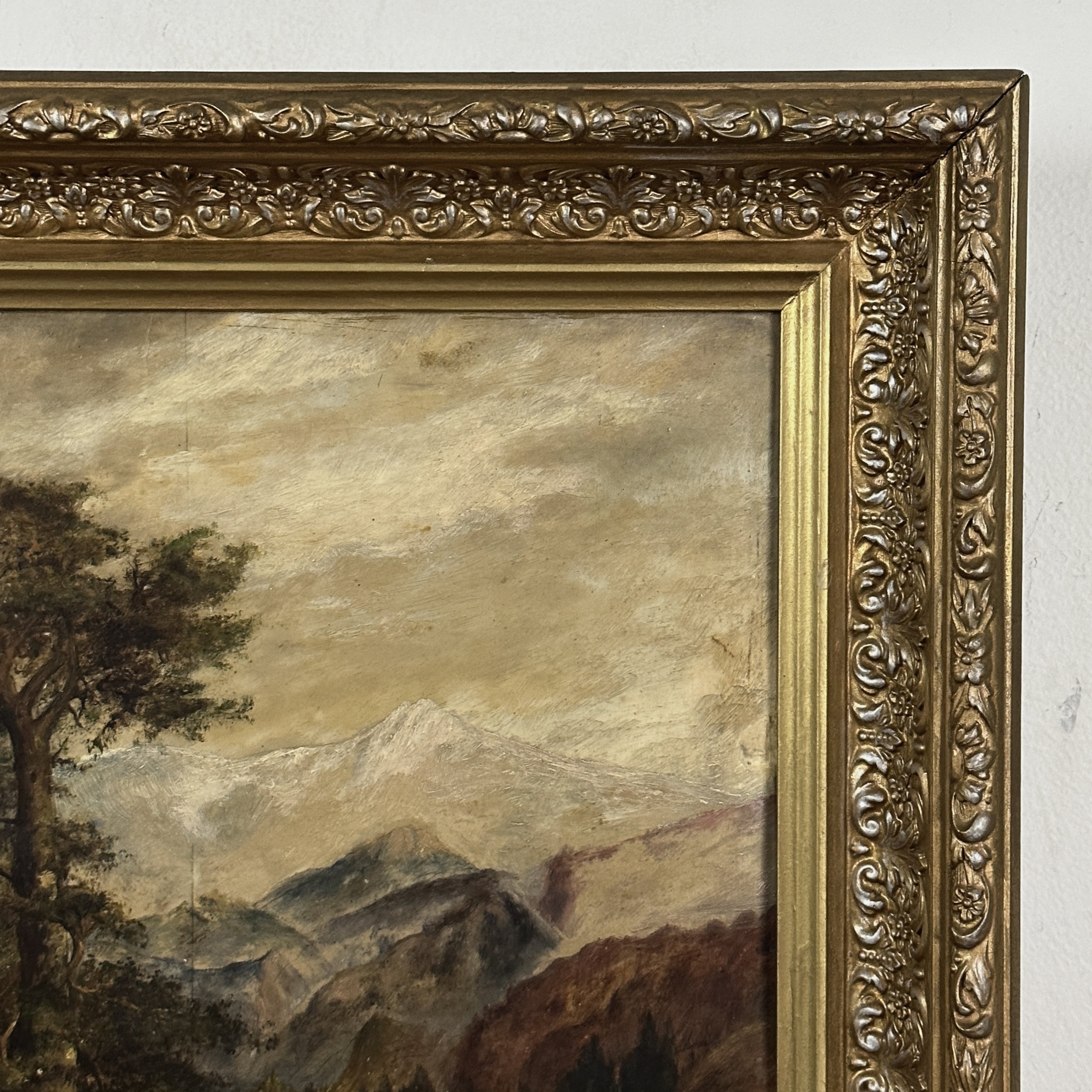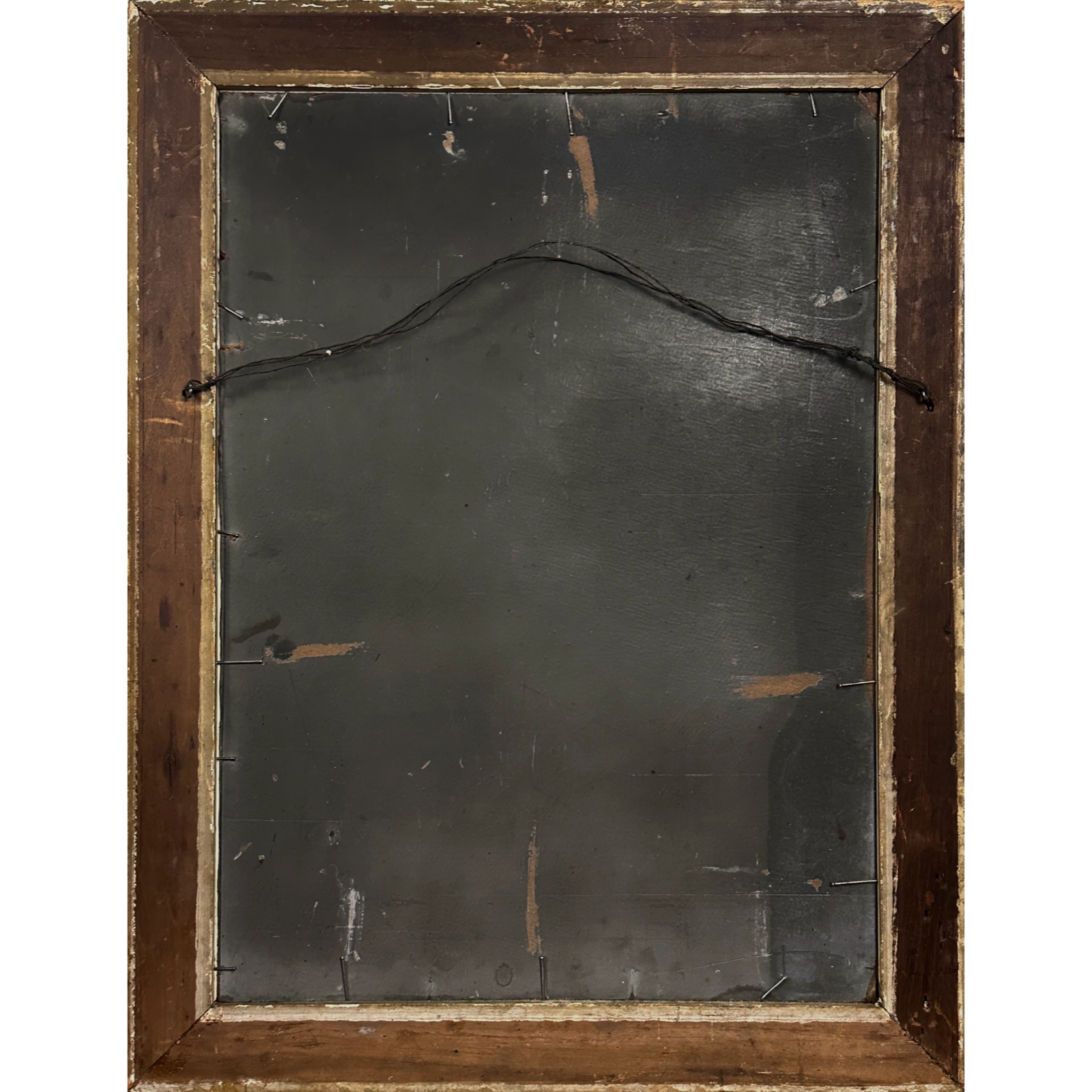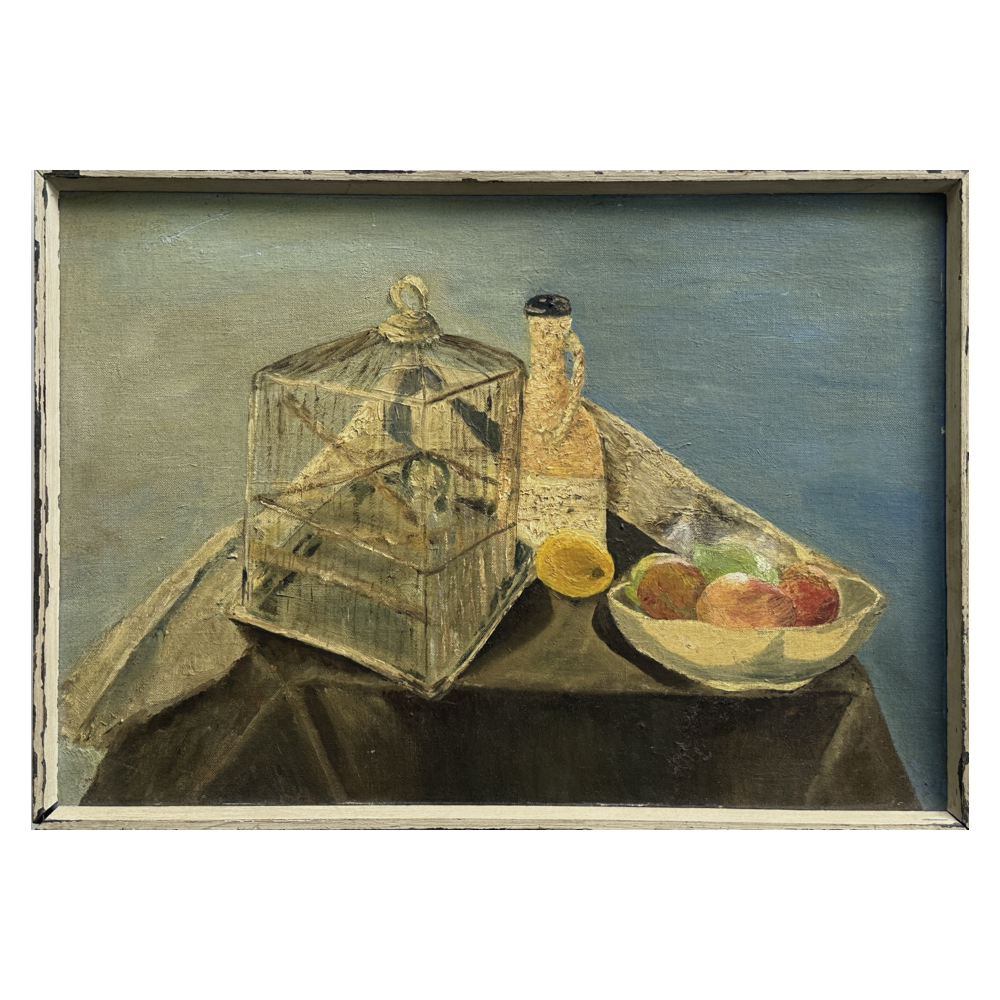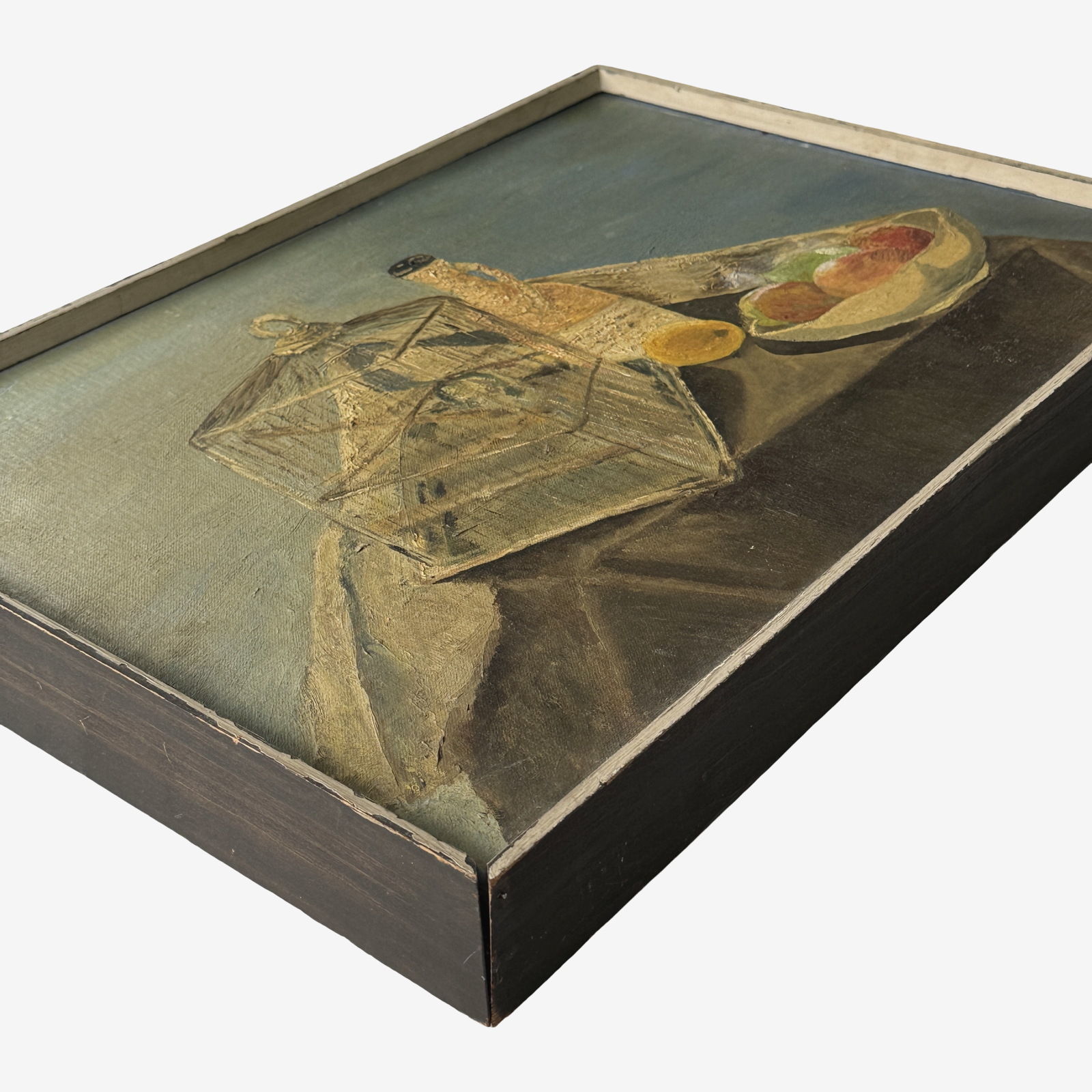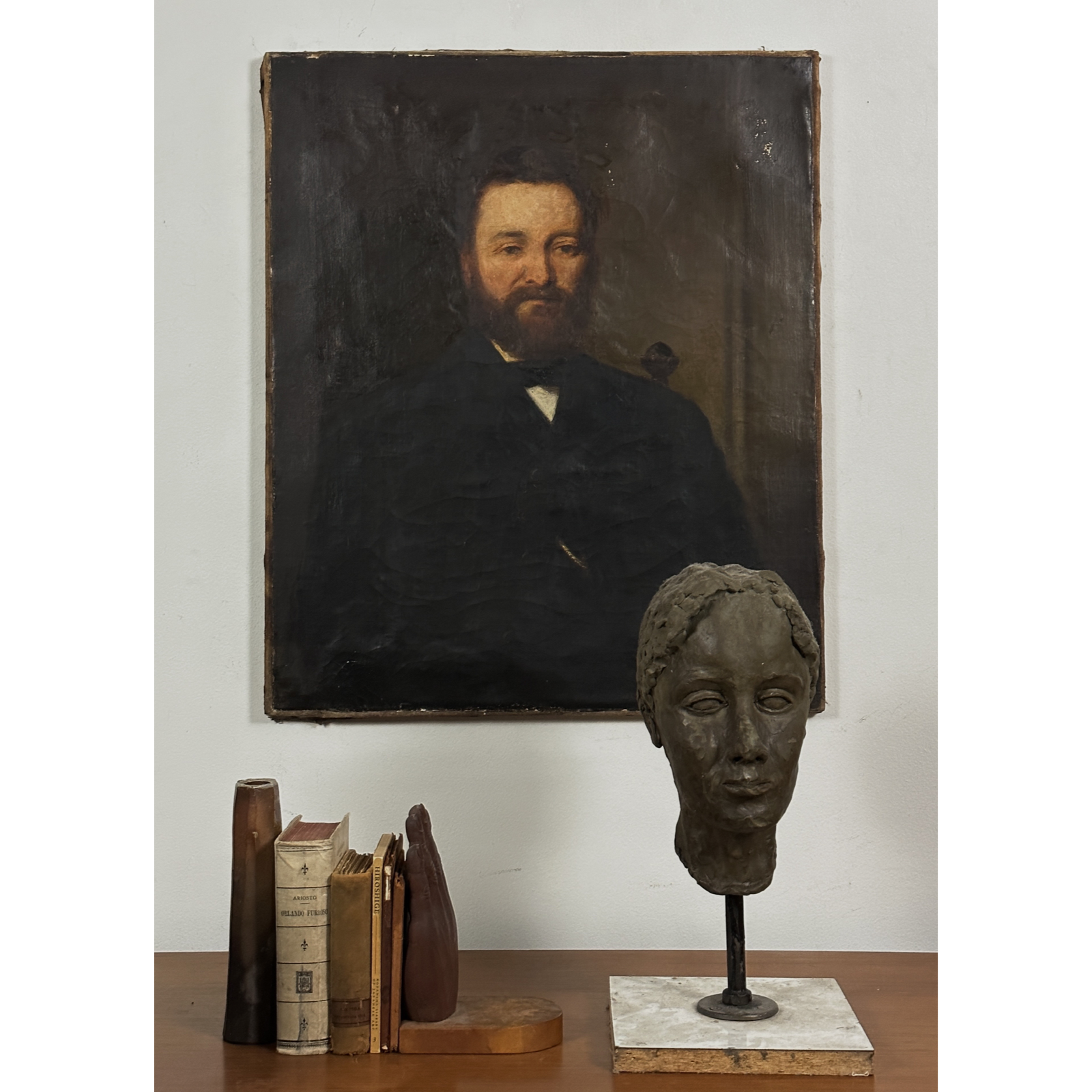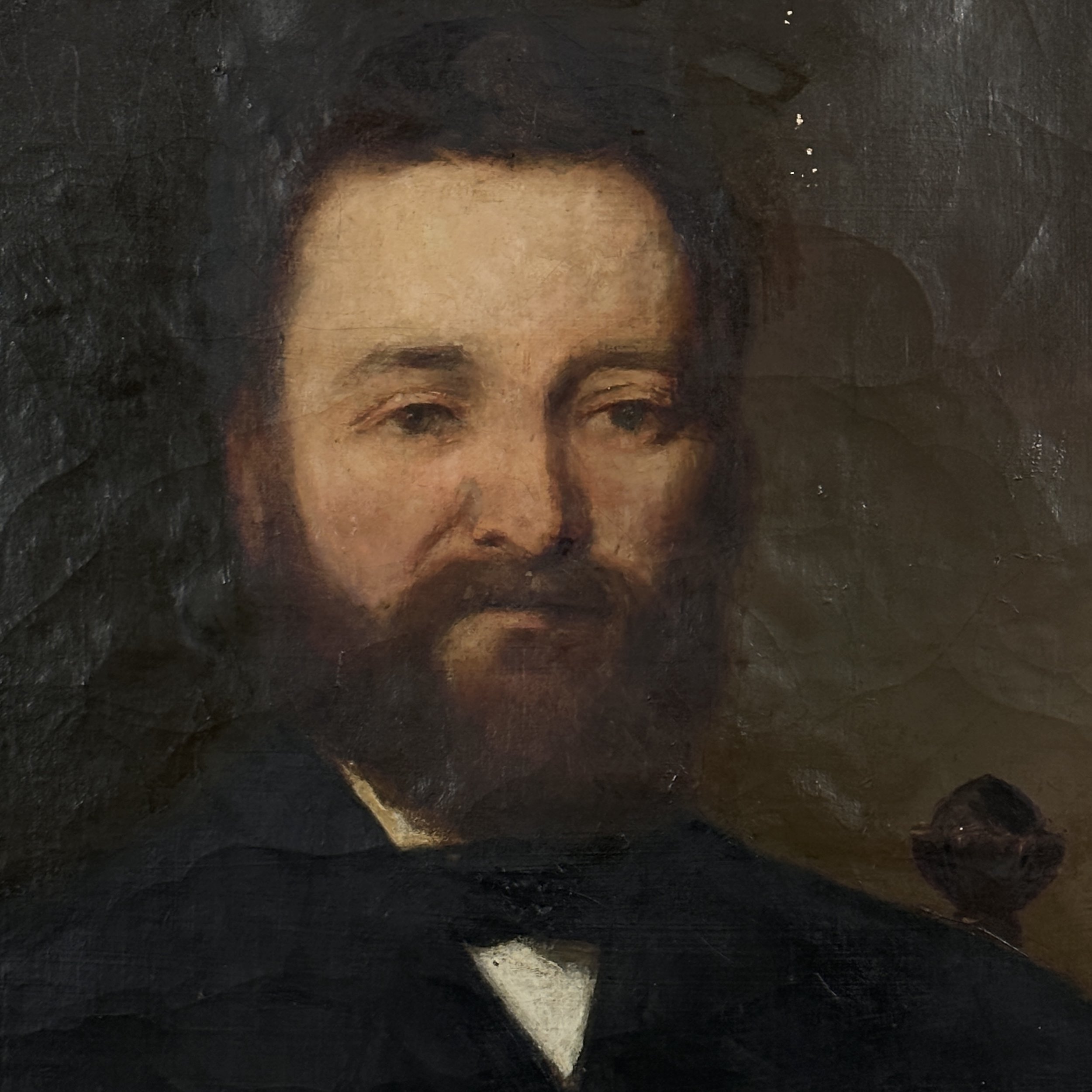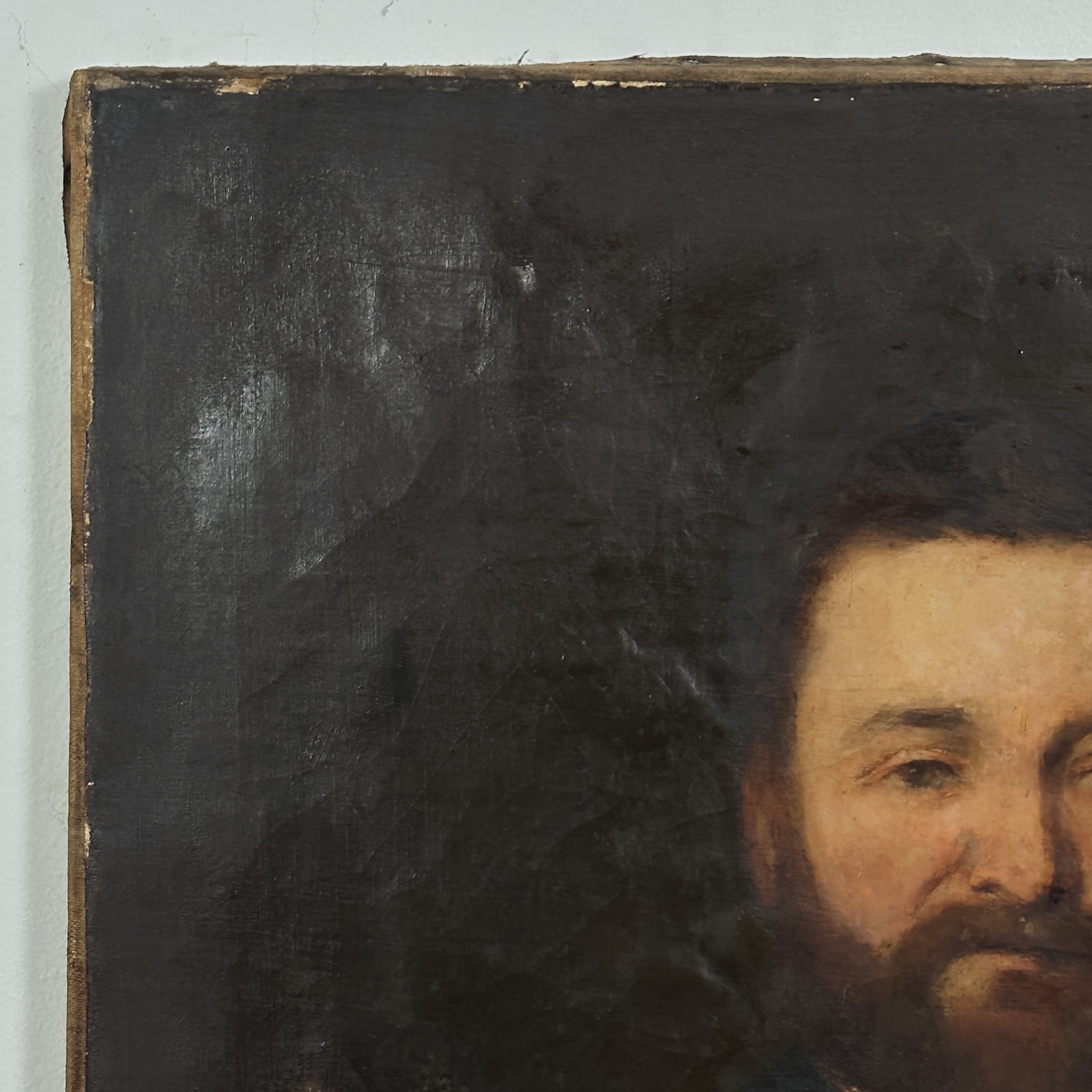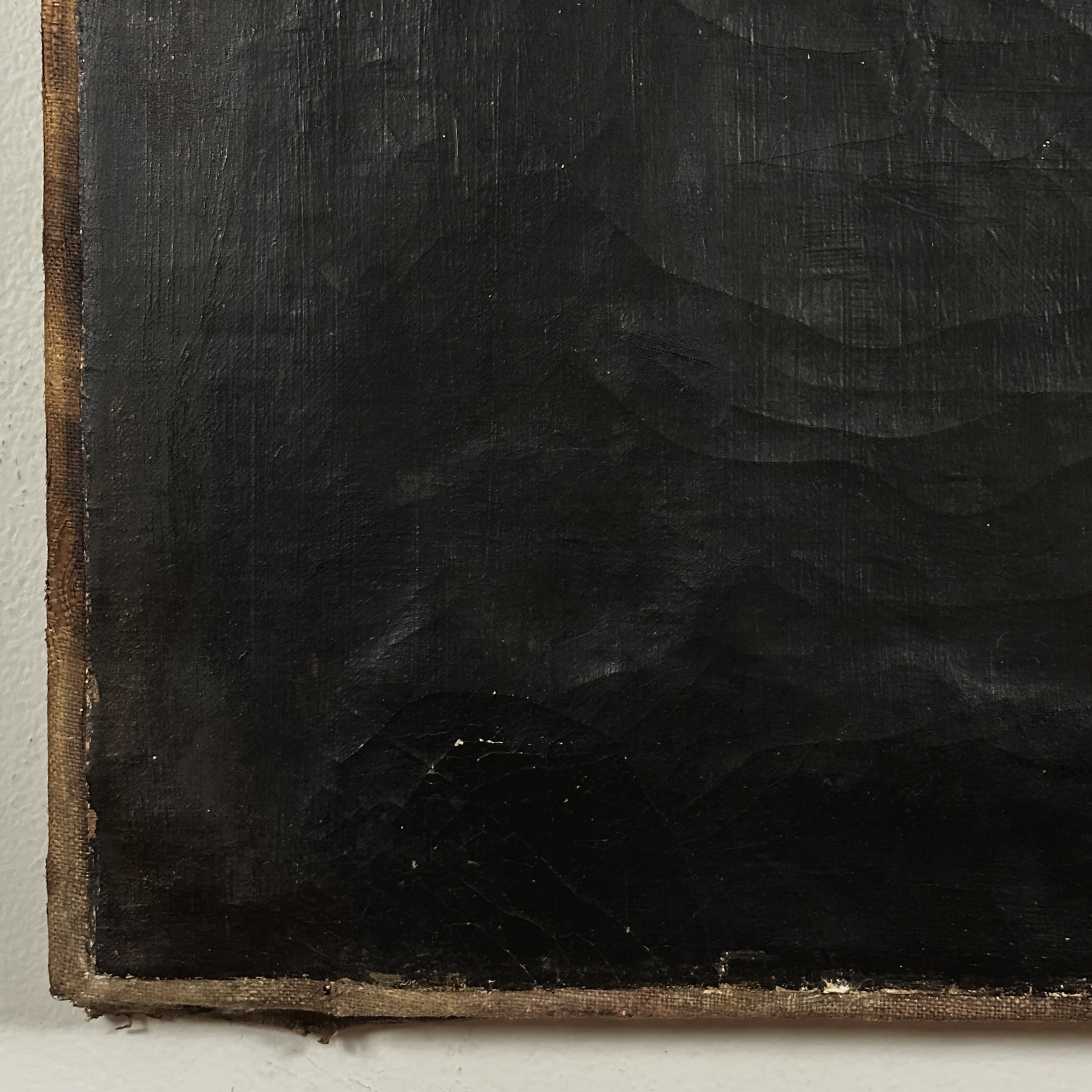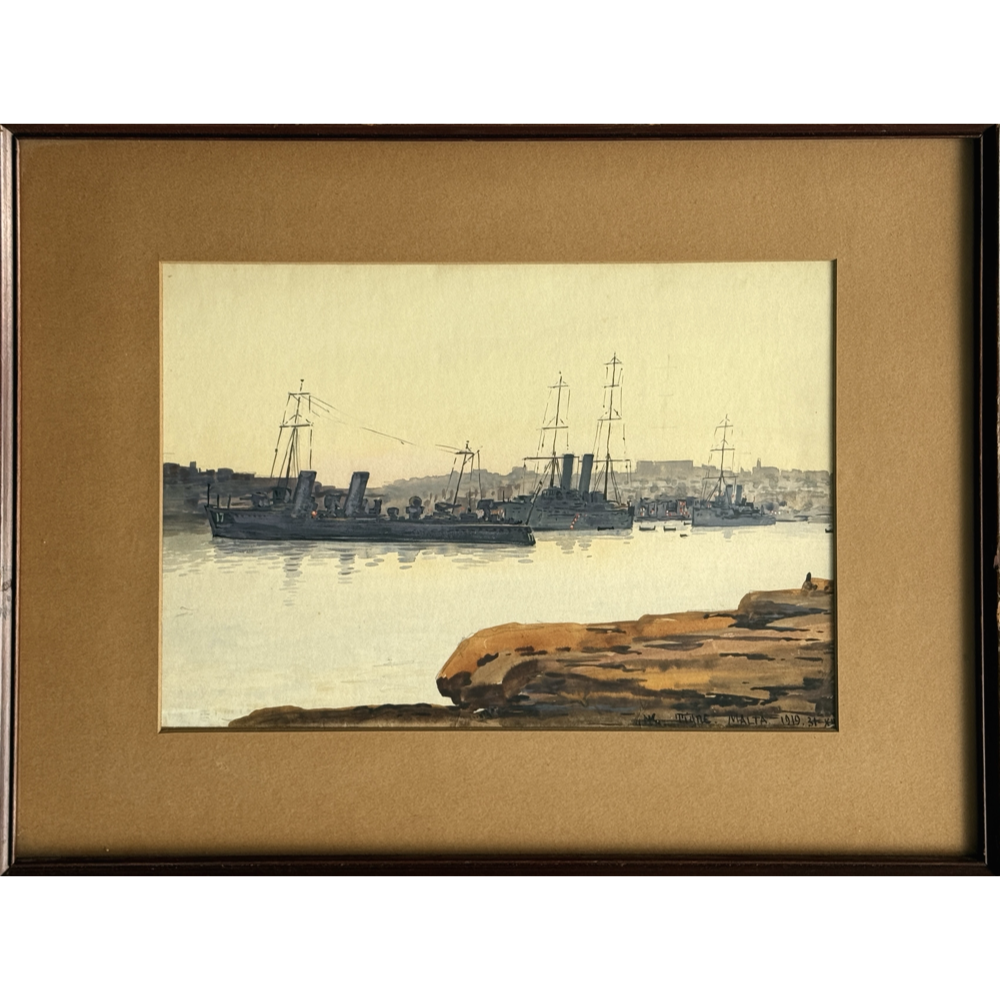 Image 1 of 6
Image 1 of 6

 Image 2 of 6
Image 2 of 6

 Image 3 of 6
Image 3 of 6

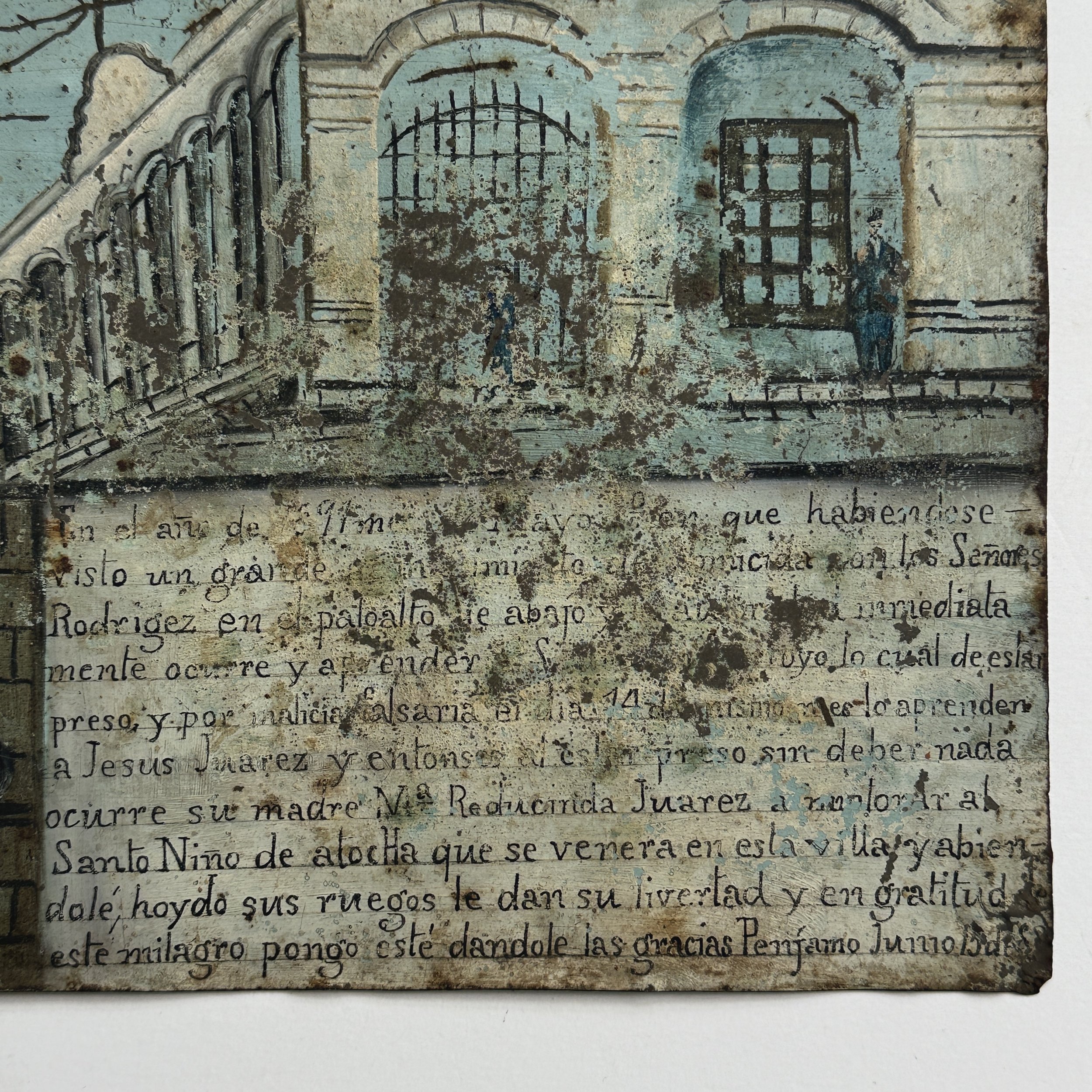 Image 4 of 6
Image 4 of 6

 Image 5 of 6
Image 5 of 6

 Image 6 of 6
Image 6 of 6







Antique 1891 Ex-Voto Mexican Retablo Folk Art Painting (Oil on Tin)
Antique Mexican Retablo Ex-Voto Painting of the Holy Infant of Atocha
Oil on tin, dated 1891
This 19th-century devotional retablo depicts the Holy Infant of Atocha, a venerated figure in Mexican folk Catholicism, seated on a throne with his miraculous basket. The painting commemorates an answered prayer for divine intervention, as inscribed in the original Spanish text at the base. Below is a literal translation of the script (including the grammar mistakes, etc):
“ in the year 1891, the first of May, in which having seen with (?) the Rodriguez‘s in the lower part of town and the authorities immediately apprehended Mr. …….rryo, who being imprisoned, and through malicious lying on the 14th day of the same month, they apprehended Jesus Juarez and then being imprisoned without cause, it occurred to his mother, Mrs. Reducinda Juarez, to implore the boy Saint de Atocha who is venerated in this villa and who, having heard her prayers, he (the son) is given his liberty and gratitude of this miracle I put this, giving thanks Penjamo (?) June 15, 1891.”
Iconography & Narrative:
The composition shows the Holy Infant in the upper left, referencing the miracle of his inexhaustible bread basket during the Moorish occupation of Spain. Below, two kneeling figures—likely the supplicants—are rendered in a naive style characteristic of regional retablo painters. The handwritten votive inscription recounts the wrongful imprisonment of Jesús Juárez in Penjamo, 1891, and his mother’s plea to the saint, resulting in his miraculous release. The text retains period spelling and grammatical irregularities, offering insight into the vernacular language and devotional practices of the era.
Cultural Context:
Retablos served as tangible gratitude for divine intercession, blending Catholic hagiography with local artistic traditions. The Infant of Atocha also syncretizes with Eleguá, the Santería orisha of destiny, reflecting Mexico’s religious syncretism.
Condition & Provenance:
- Used condition. Surface wear consistent with age; paint loss and oxidation (see detailed images).
- Ex-museum collection, acquired by private collectors in the 1950s.
- Accompanied by original typed documentation.
Dimensions: 25.8 × 18.2 cm (10.18 × 7.18 in)
Antique Mexican Retablo Ex-Voto Painting of the Holy Infant of Atocha
Oil on tin, dated 1891
This 19th-century devotional retablo depicts the Holy Infant of Atocha, a venerated figure in Mexican folk Catholicism, seated on a throne with his miraculous basket. The painting commemorates an answered prayer for divine intervention, as inscribed in the original Spanish text at the base. Below is a literal translation of the script (including the grammar mistakes, etc):
“ in the year 1891, the first of May, in which having seen with (?) the Rodriguez‘s in the lower part of town and the authorities immediately apprehended Mr. …….rryo, who being imprisoned, and through malicious lying on the 14th day of the same month, they apprehended Jesus Juarez and then being imprisoned without cause, it occurred to his mother, Mrs. Reducinda Juarez, to implore the boy Saint de Atocha who is venerated in this villa and who, having heard her prayers, he (the son) is given his liberty and gratitude of this miracle I put this, giving thanks Penjamo (?) June 15, 1891.”
Iconography & Narrative:
The composition shows the Holy Infant in the upper left, referencing the miracle of his inexhaustible bread basket during the Moorish occupation of Spain. Below, two kneeling figures—likely the supplicants—are rendered in a naive style characteristic of regional retablo painters. The handwritten votive inscription recounts the wrongful imprisonment of Jesús Juárez in Penjamo, 1891, and his mother’s plea to the saint, resulting in his miraculous release. The text retains period spelling and grammatical irregularities, offering insight into the vernacular language and devotional practices of the era.
Cultural Context:
Retablos served as tangible gratitude for divine intercession, blending Catholic hagiography with local artistic traditions. The Infant of Atocha also syncretizes with Eleguá, the Santería orisha of destiny, reflecting Mexico’s religious syncretism.
Condition & Provenance:
- Used condition. Surface wear consistent with age; paint loss and oxidation (see detailed images).
- Ex-museum collection, acquired by private collectors in the 1950s.
- Accompanied by original typed documentation.
Dimensions: 25.8 × 18.2 cm (10.18 × 7.18 in)

